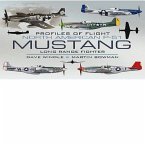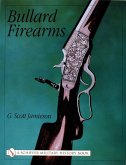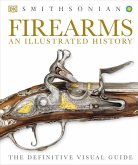The Great War of 1914-1918 saw the rapid development of the airplane as a weapon of war. Initially its role was seen as that of reconnaissance, an extension of the cavalry, but as the war stagnated into static trench warfare, with each side facing each other across No Mans Land, the use of artillery, both in shelling enemy positions and counter-shelling his artillery, also became of prime importance. With the early development of radio communication between ground and air, airplanes also undertook the task of spotting for the artillery, and it soon became apparent that these airplanes both the reconnaissance machines and those working for the artillery could not be allowed to work unmolested, and fast fighter airplanes - both single and two seat began to make their appearance over the Western Front.








